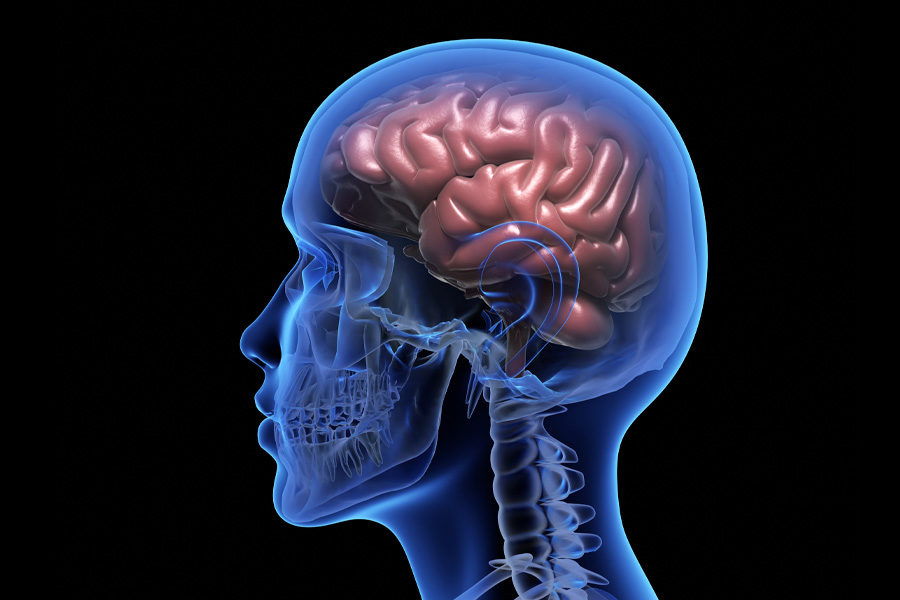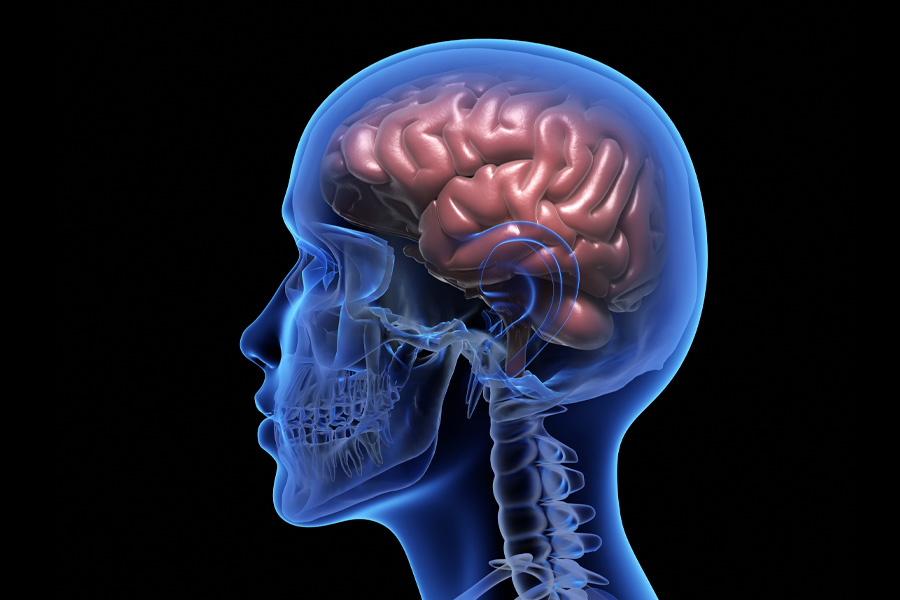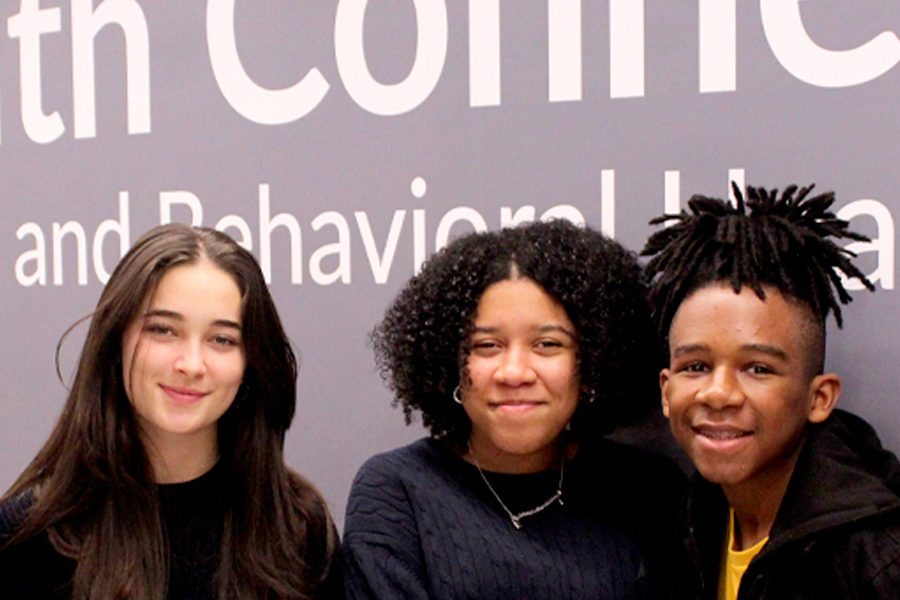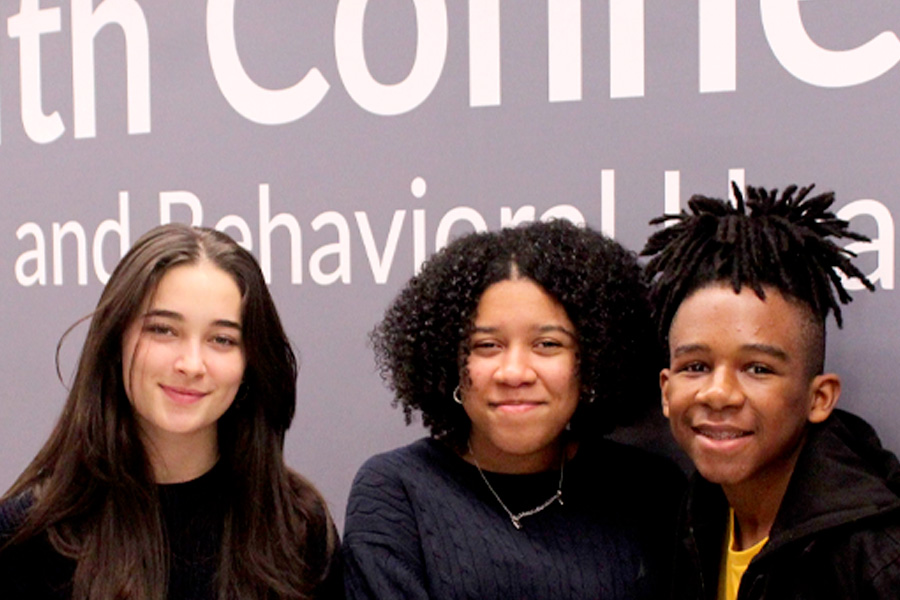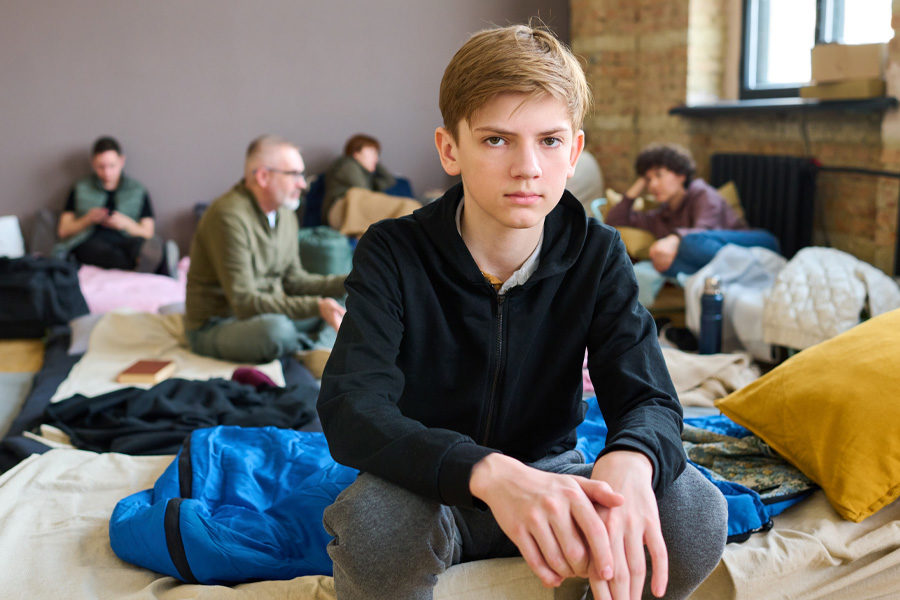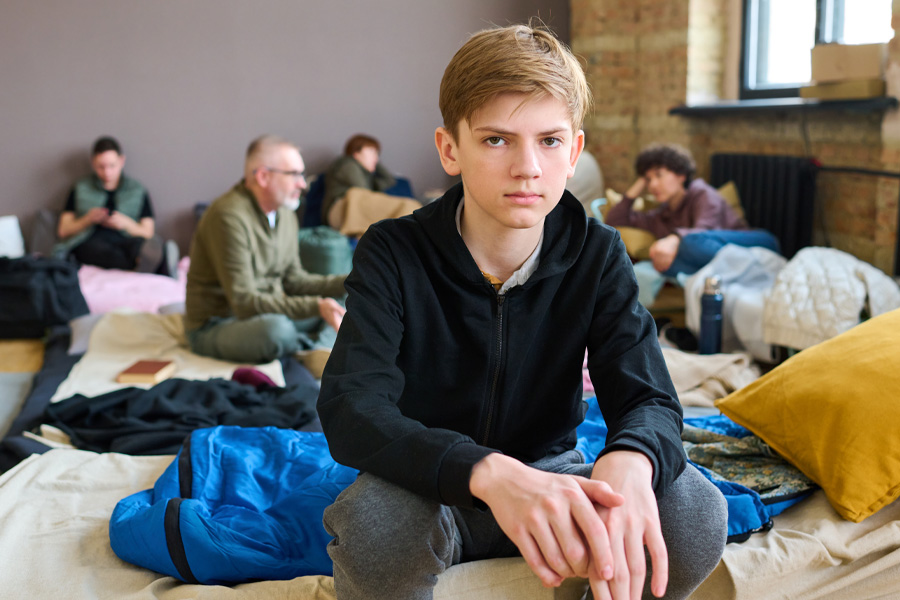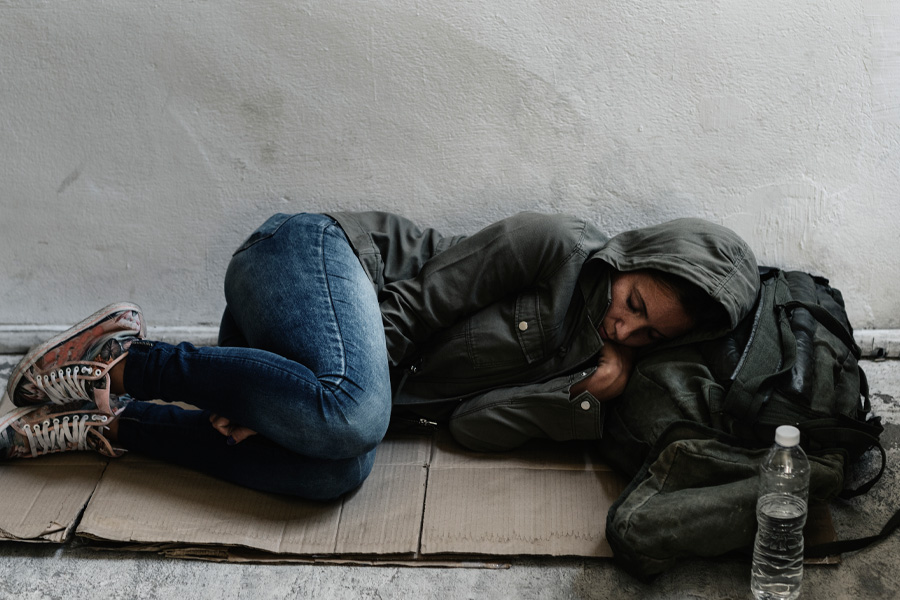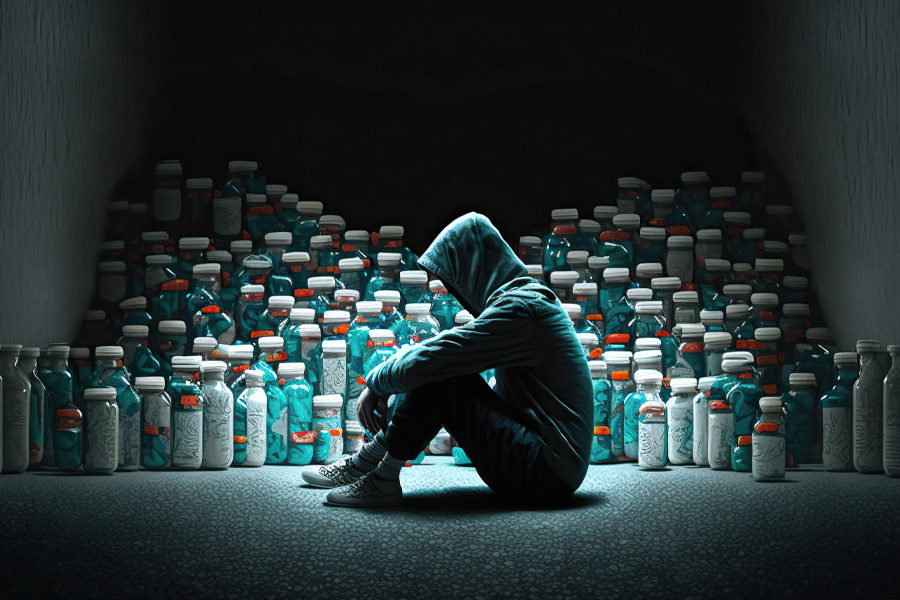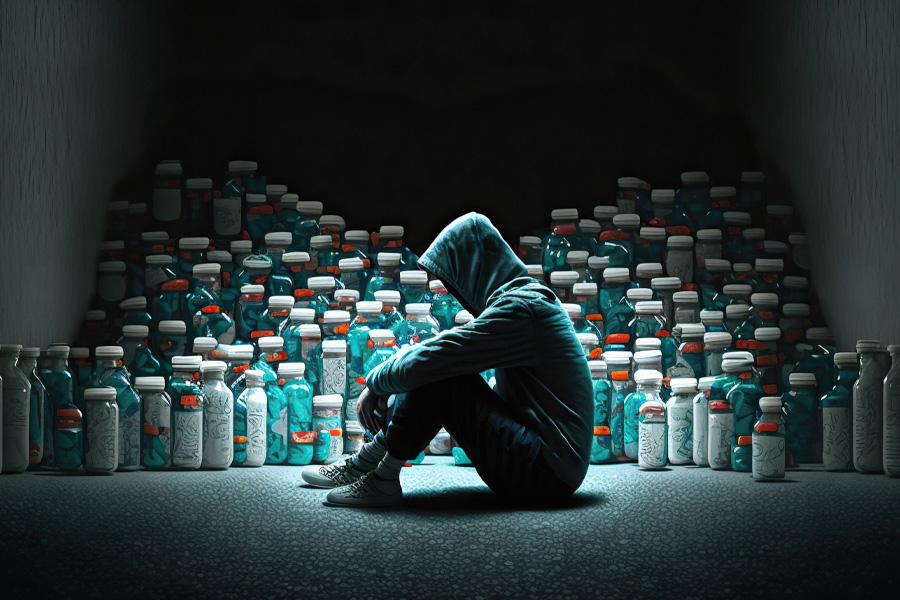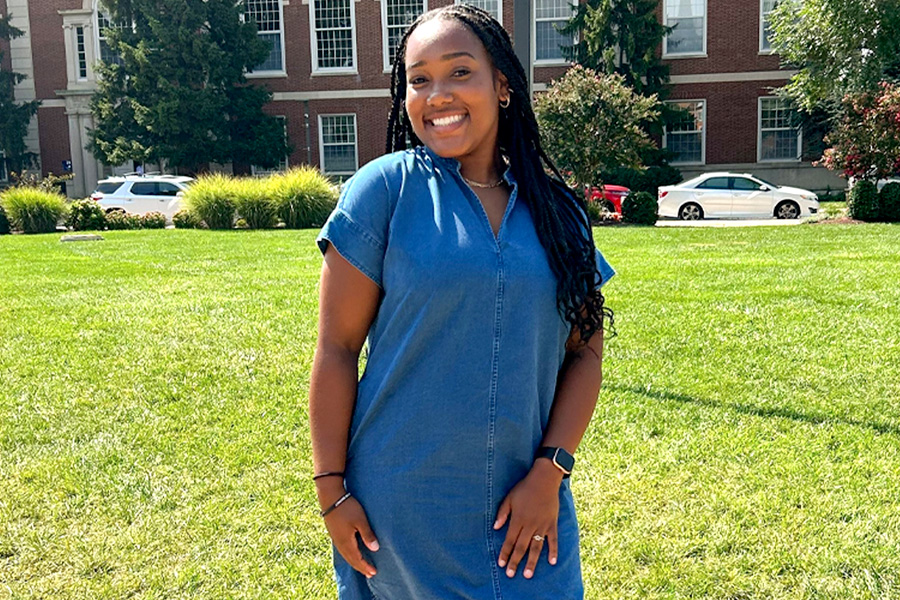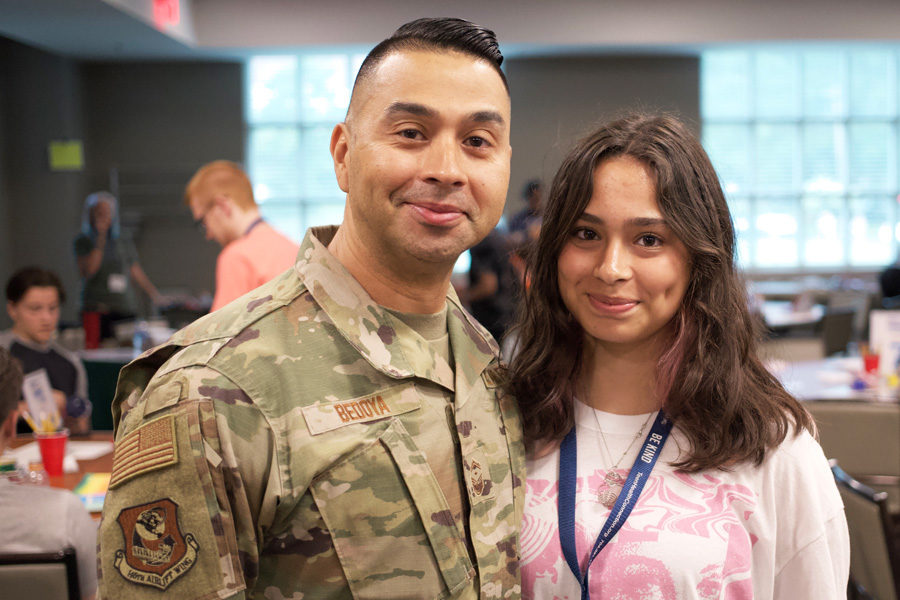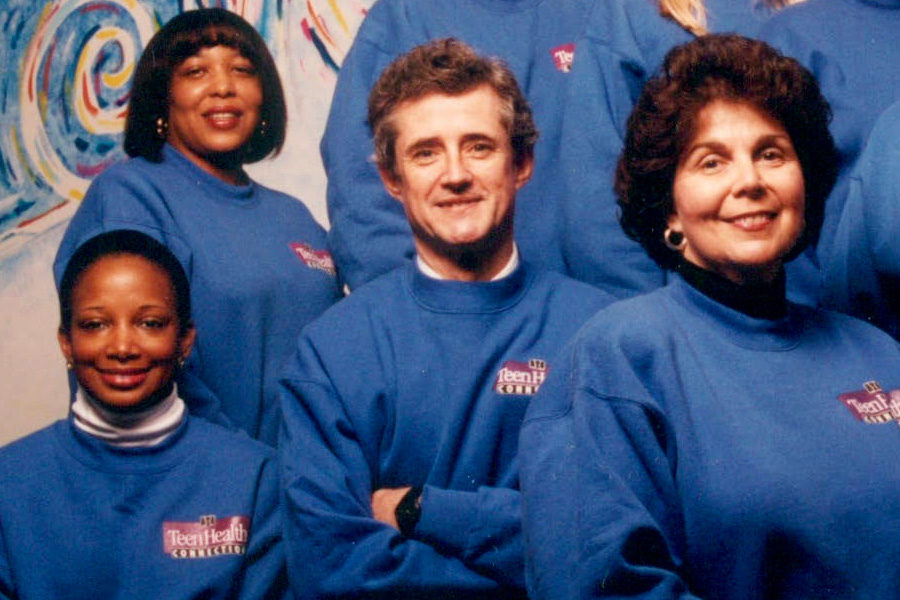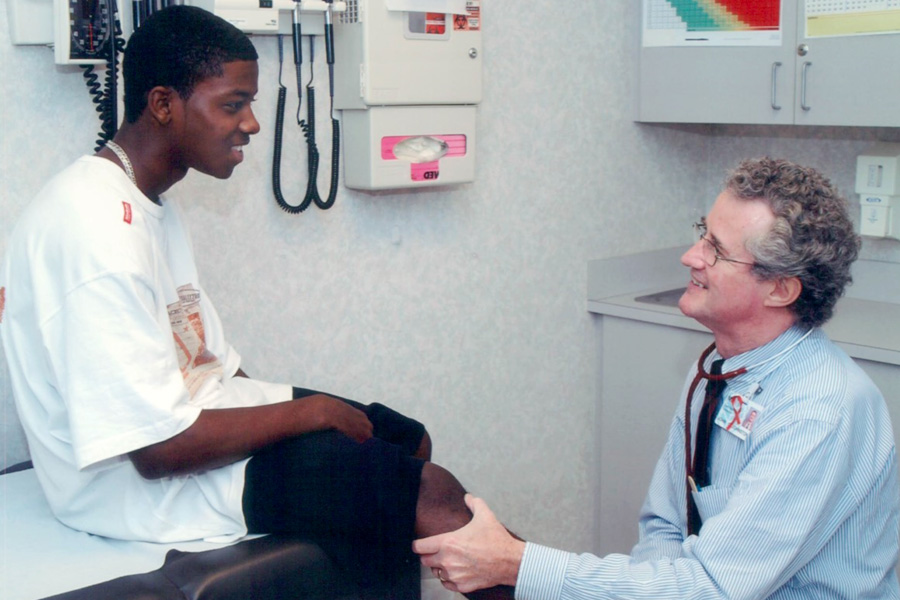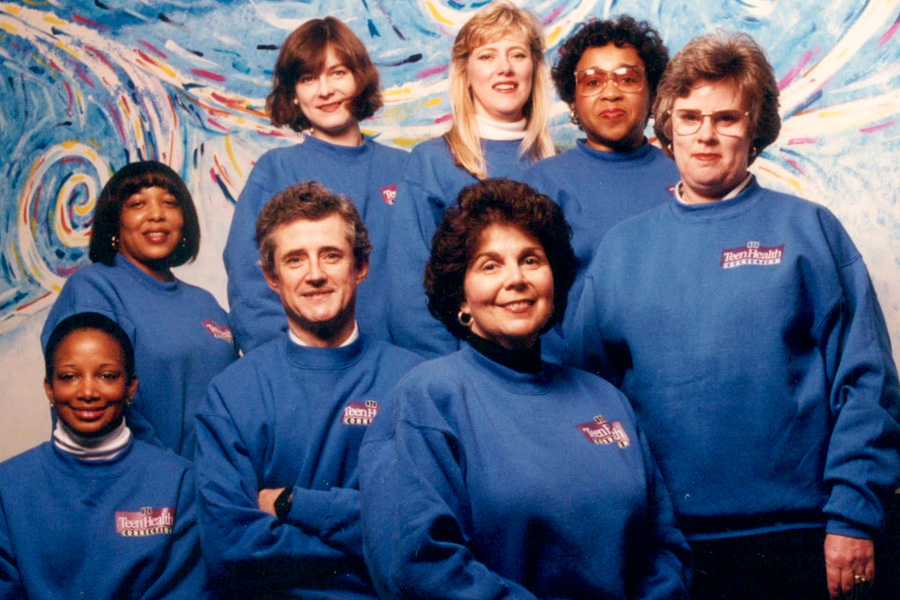Reflect and Reset this Holiday Season

Reflect and Reset this Holiday Season
Discussing Resolutions for You and Your Teen

In this holiday season, many of us use the time to look back and reflect on what we have accomplished throughout the year and we begin to look forward to what we would like to strive to achieve in the next. Take time over the holidays to think about what is important to you, talk to your family members, and set meaningful goals. Be ready to step into 2024 the moment the clock strikes midnight on December 31!
One of the hardest things to do after setting a resolution for the new year is holding yourself accountable to reach your goal. It can help to set goals and work alongside someone else to encourage each other. For this New Year, help to improve yourself and your relationship with your family by setting goals together and working together to reach them. Below are some resolution ideas to help get you started.
Adolescent Resolutions
- Get between 8 to 10 hours of sleep each night.
- Seek more advice and feedback from trusted adults.
- Find your hobby and practice ways to handle stress such as reading, meditation, playing music, arts and crafts, or other interests.
- Take care of yourself both physically and mentally through exercise, good nutrition, and self-care
- Challenge yourself educationally – want to raise your grade? Apply to college? Learn a new subject?
- Volunteer in your community or become part of a community group to help others.
- Teens: Think about joining the Teen Advisory Board in the fall or attend a Teen Leadership Summit.
- Commit to staying alcohol, tobacco, and drug-free in 2024!
- Teens: Take our pledge to be alcohol, tobacco, and drug-free.
- Adults: Take our pledge to practice prevention in your home.
Adult/Parent Resolutions
- Schedule regular time with your teen and do a family activity together, such as volunteering in the community, having a movie night once a week, or a weekly game night.
- Take time every day to practice active listening. Communicate and listen to your teen and find out what they really think about their friends, school, current events, and their future.
- Find ways to encourage your teens to be more independent and to not be afraid to make mistakes. This can help them both learn and grow as an individual.
- Adults: Take a free parent education class or talk to our parent educator to learn more about supporting your teen’s independence.
- Cook family meals all together to share your culture and traditions, encourage good nutrition, and create memories.
- Schedule all your family’s preventative medical, dental, and vision visits and talk about the importance of healthcare with your teen.
- Model positive behaviors such as good nutrition and exercise, and responsibility around alcohol for your teen.
No matter what resolution(s) you choose for the New Year, it is all about being the best versions of yourselves physically, mentally, and emotionally. Focus on positive goals, like home-cooked meals and running longer distances, rather than counting calories or hours at the gym. Make them achievable and enjoy the process! Working together as a family can help strengthen your relationships and cultivate positive household habits – even if there are some bumps along the way!
Use this time over the holiday season to talk with your teen about what you each hope to achieve in the New Year and how you both can work together towards these goals.
Remember – we’re here to help!






